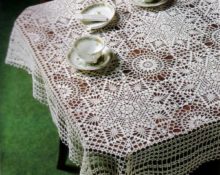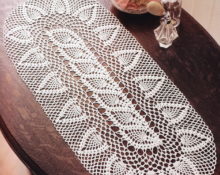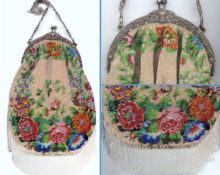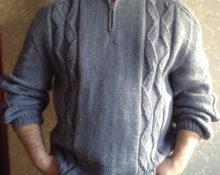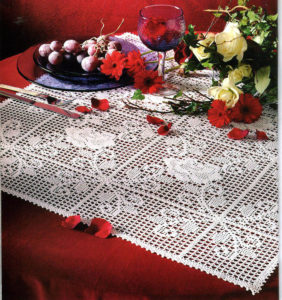 A crocheted tablecloth is a very complex product. It takes a very long time to knit it, since often the thinnest cotton thread is important for an ordinary tablecloth. For example, an average napkin takes a master about an hour to complete. Therefore, the tablecloth always takes a lot of time and, accordingly, effort.
A crocheted tablecloth is a very complex product. It takes a very long time to knit it, since often the thinnest cotton thread is important for an ordinary tablecloth. For example, an average napkin takes a master about an hour to complete. Therefore, the tablecloth always takes a lot of time and, accordingly, effort.
What is loin knitting?
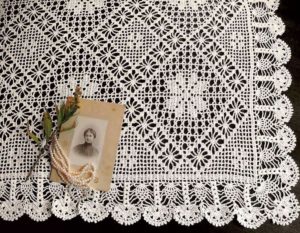 A fairly common fillet crochet technique is popular for creating children's items (for example, christening shirts) and adult items. But most of all, fillet technology is still needed to make tablecloths and napkins. The whole technique of such needlework is to create a grid of even squares. Most often, single crochets and air loops are used for this. It’s even easier to get a mesh with a pattern. You just need to tie not simple squares, but a fabric of single crochet stitches. The abundance of patterns for making tablecloths never ceases to please.
A fairly common fillet crochet technique is popular for creating children's items (for example, christening shirts) and adult items. But most of all, fillet technology is still needed to make tablecloths and napkins. The whole technique of such needlework is to create a grid of even squares. Most often, single crochets and air loops are used for this. It’s even easier to get a mesh with a pattern. You just need to tie not simple squares, but a fabric of single crochet stitches. The abundance of patterns for making tablecloths never ceases to please.
Crochet loin tablecloths
A white tablecloth with roses will certainly be a traditional classic.
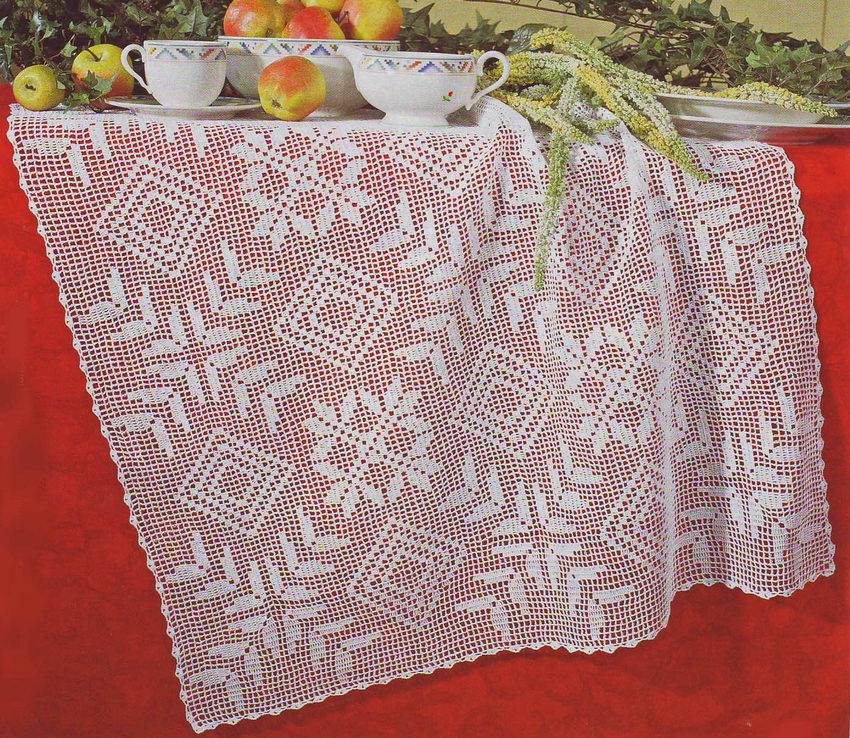
Also, many models are not focused on the circle, oval and square, and therefore a huge number are in an incomprehensible elongated shape, but they look very mysterious.
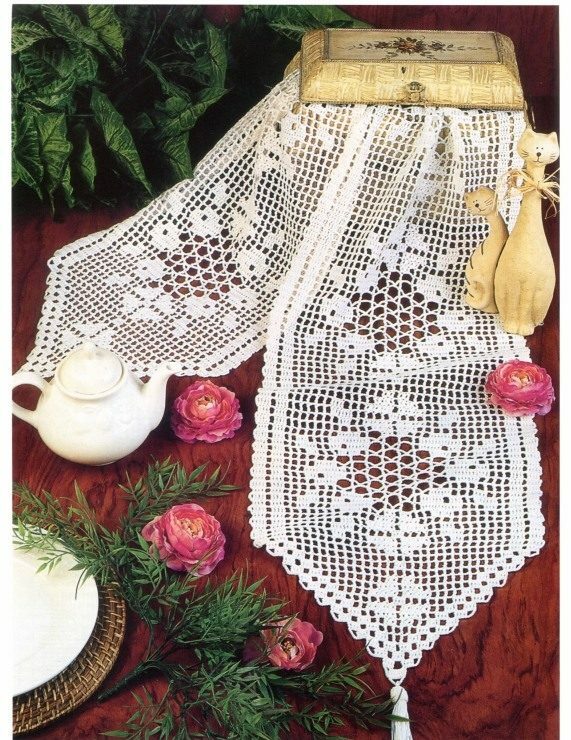
For those who are not ready for the classics and slightly outdated models of white canvas, you can add different colors. You don’t even have to change the pattern according to the scheme. It is enough to take any color, just not white, and a complete transformation is completed.
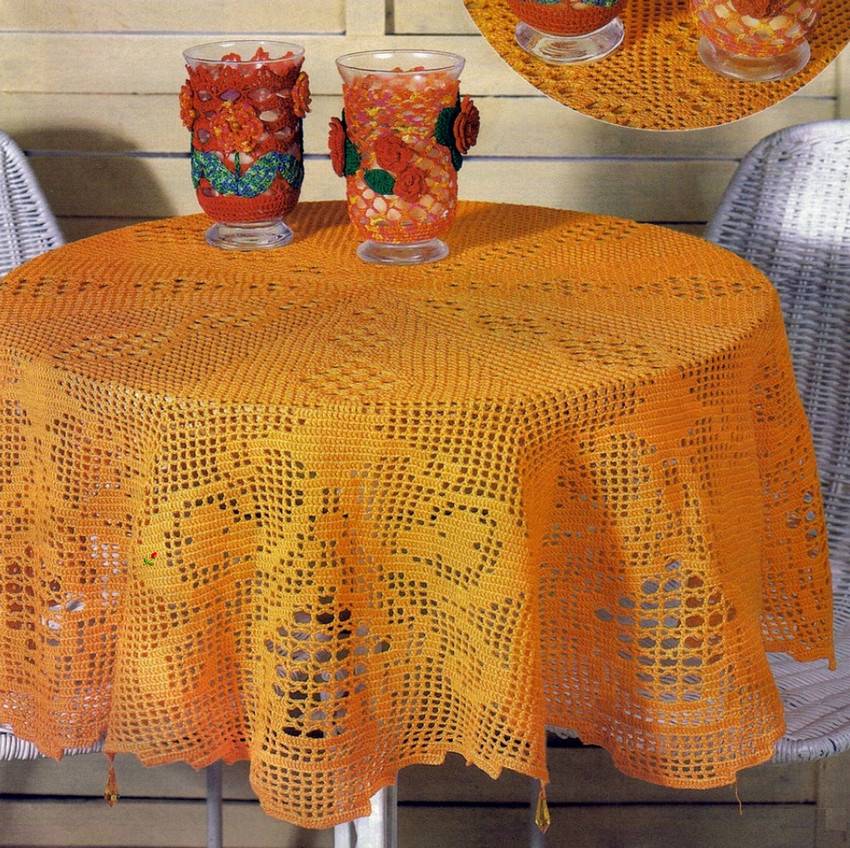
On a note! The newest approach to creating a tablecloth using a similar technique to order is drawing up a diagram from a photograph. This is where you can definitely get a brand new and exclusive product. And you don’t have to be an artist. There are many computer programs that are ready to do this for the wizard. And the creator will only have to fulfill the order according to the finished scheme.
Patterns for knitting fillet patterns
A list of wonderful patterns for beginners and masters who decide to make beautiful tablecloths using the fillet knitting technique.
Bird work will decorate any table.
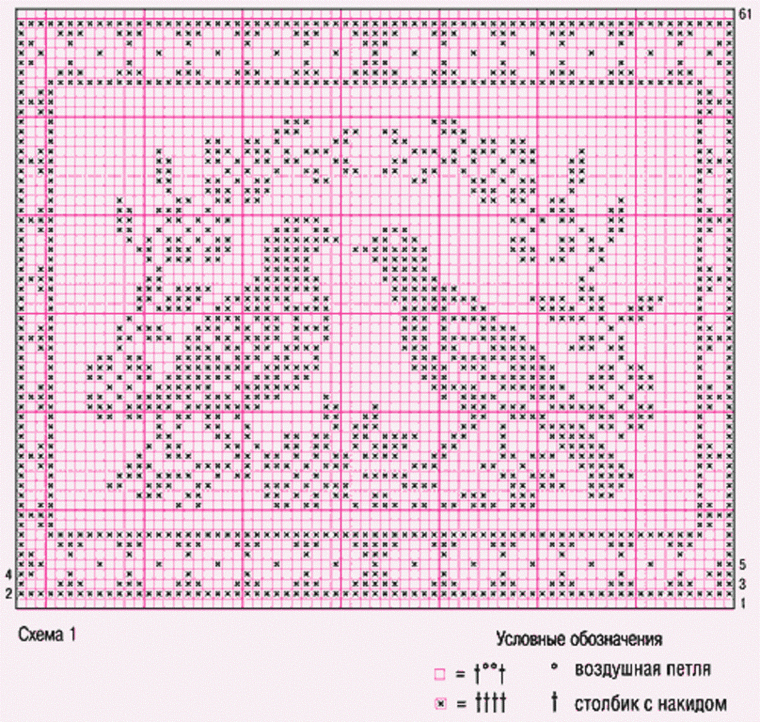
One of the traditional patterns is the swan. It is suitable for decorating a table for Valentine's Day.
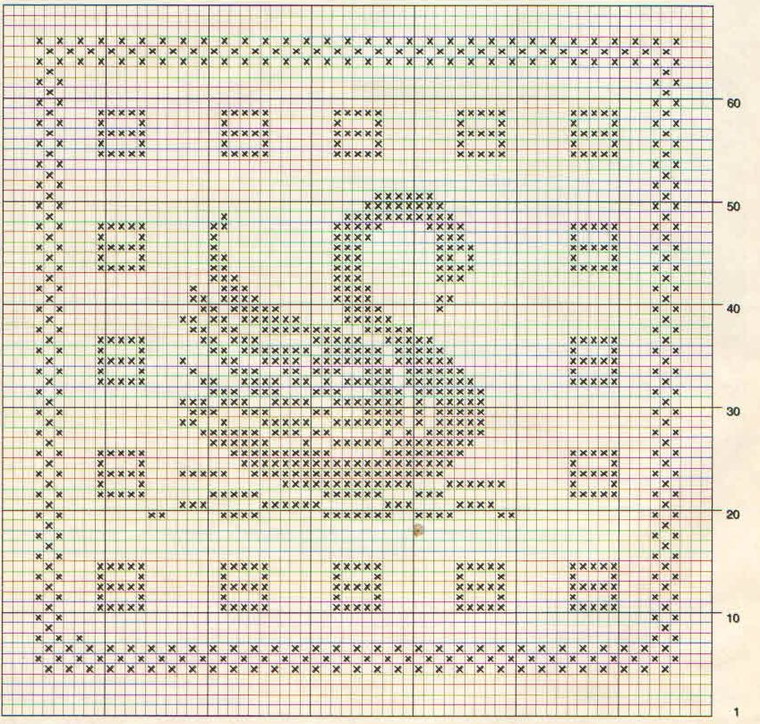
The most popular pattern is rose. It is quite simple to weave, and the look is simply wonderful.
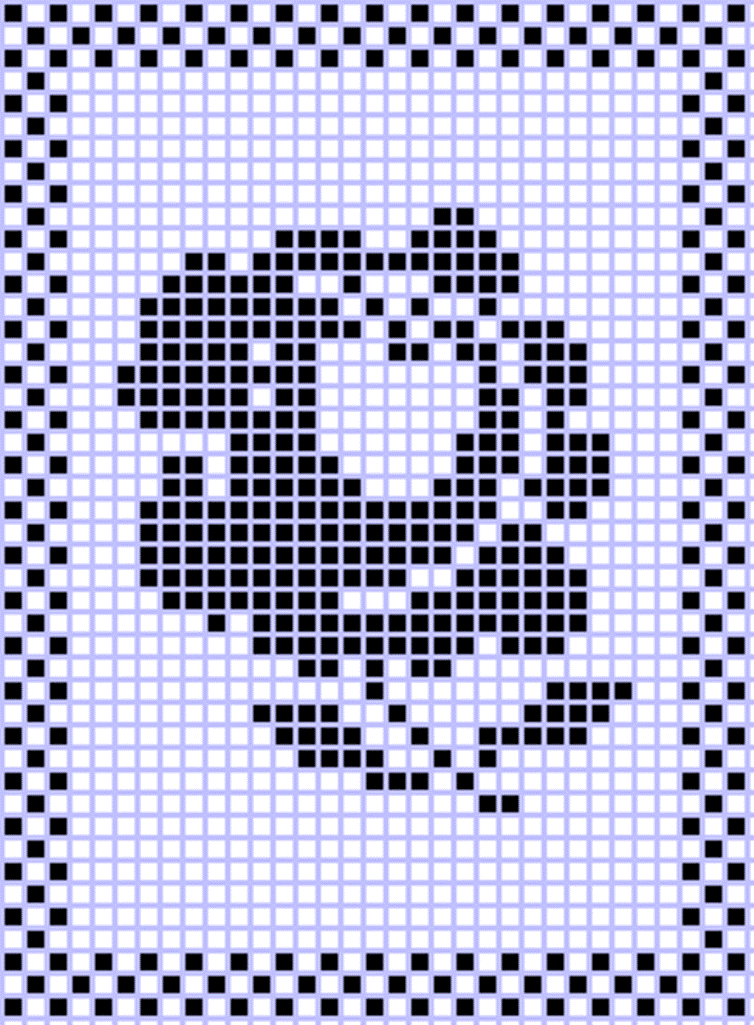
We offer a counting chart for creating a wreath of roses. Or maybe someone will see something of their own in it. There are no limits to imagination here.

Who wants daisies? An interesting and simple pattern will decorate any table and even lift your spirits.
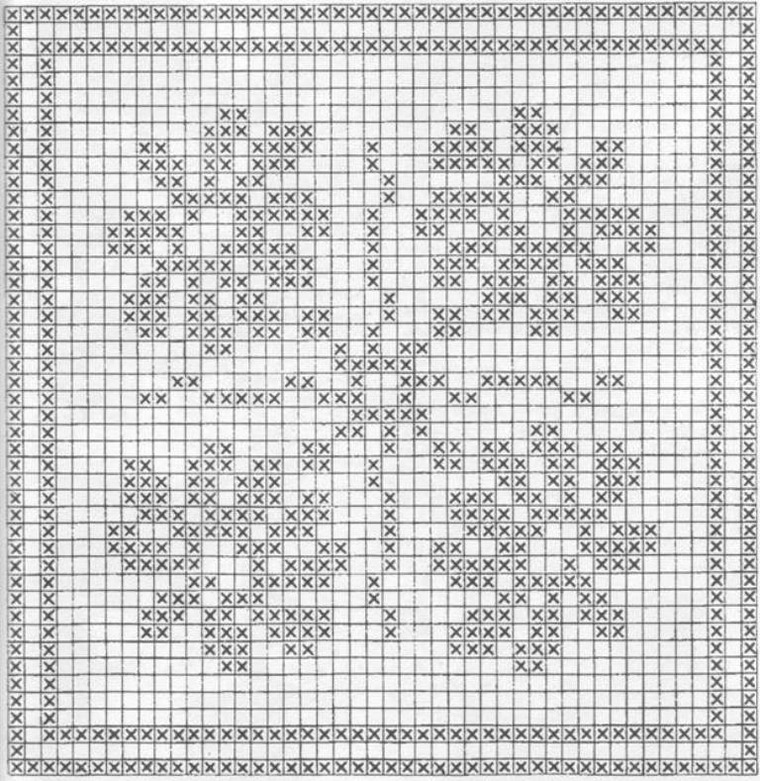
More modern model. Hearts on the tablecloth are suitable for any event.
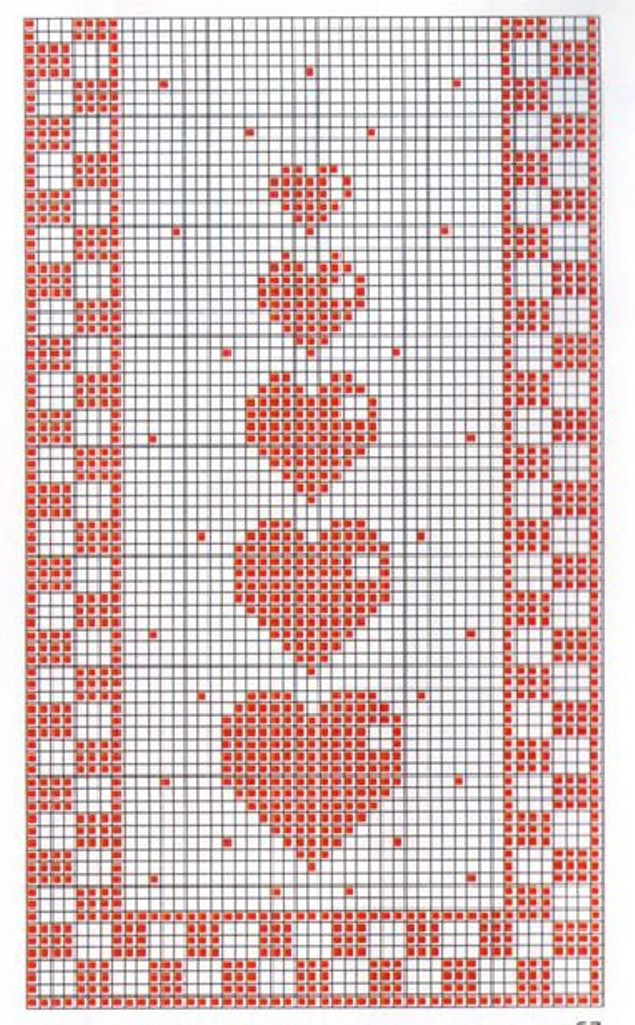
Do-it-yourself loin tablecloth: step-by-step description
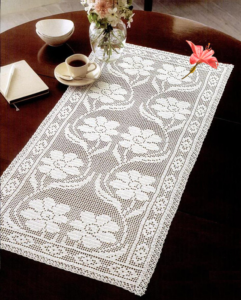 The original tablecloth of this technique deserves special attention. The model is designed for masters, but beginners can also try their hand at creating smooth elements. A detailed description and high-quality diagram will not let you get confused.
The original tablecloth of this technique deserves special attention. The model is designed for masters, but beginners can also try their hand at creating smooth elements. A detailed description and high-quality diagram will not let you get confused.
To work you will need:
- iris thread from 10 skeins;
- hook according to the thickness of the thread.
Stage: measurements. Measure your table and select the optimal dimensions for the future product.
Stage: density. Knit a small piece of fabric with a simple bead of this pattern and measure the knitting density for it. This is the number of loops in a row per 10 cm and the number of rows per 10 cm. Based on the density, you will need to calculate how long the width is. Now you can start knitting.
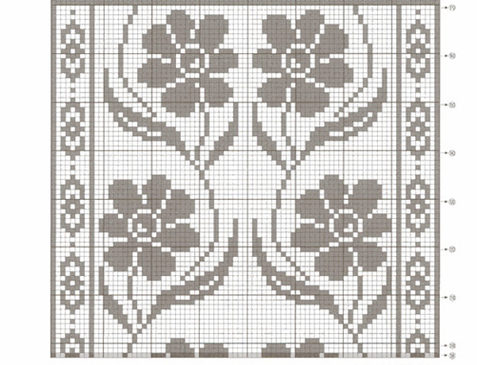
Stage: technique. One square of this pattern has a single crochet, then one chain stitch and again a single crochet. Knit the stitches along the line of the stitches. To fill the square from the diagram, instead of an air loop, you should make one double crochet stitch. Knit like this according to the proposed pattern.
Stage: strapping. It is very important to choose a good harness for the mesh. There is no need to look for anything additional here, since the model already includes a suitable border.
Stage: preparation. You can’t immediately use the tablecloth for the table. In fact, the thread does not immediately lie down the way we would like it to, and therefore it must first be properly prepared before setting the table. It is important to wet the resulting fiber and let it dry on a flat surface. You can straighten it better before drying. After the threads have dried, you will need to iron the finished tablecloth through a gauze napkin. This is very important so that the thread does not shine. Some people are used to starching such products and this also affects the appearance of the product, the corners are less tangled and lie evenly along the corner line.
Features of caring for a loin tablecloth
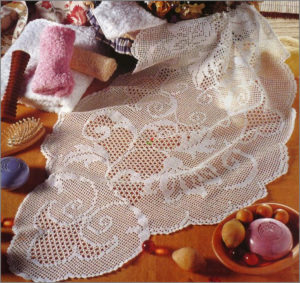 Caring for a tablecloth using this technique is easy. There are just a few tips for her. Washing will only be done by hand and using special gentle detergents.There is no need to use hot water, as the dyed threads will quickly lose their original colors.
Caring for a tablecloth using this technique is easy. There are just a few tips for her. Washing will only be done by hand and using special gentle detergents.There is no need to use hot water, as the dyed threads will quickly lose their original colors.
When ironing, which is simply necessary after each wash, you must use gauze pads, even when using the gentle ironing mode. The heat will affect the threads and they will shine.
When drying, place the tablecloth evenly on a flat surface so as not to stretch the corners of the product. That's all about caring for the canvas.


 1
1
